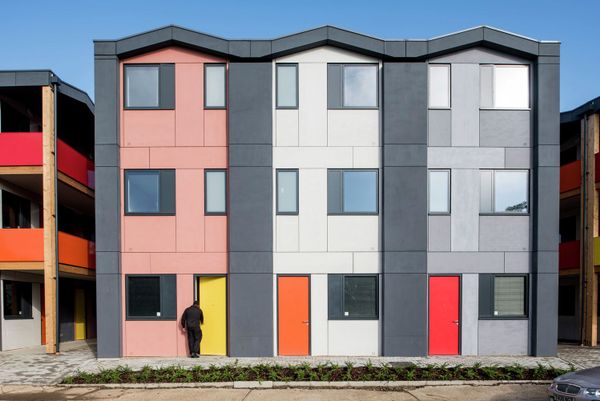Last Updated on: 19th January 2024, 10:47 am
When it comes to building materials, tiles are probably one of the oldest materials that are still in use. The earliest use of decorative tiles has been traced to 4000 years ago in modern-day Egypt. Since then, virtually every civilization has used tiles to construct and decorate their buildings, with their unique designs serving identifiers.
Over the years, the popularity of tiles has not faded, and they continue to be used today. Tiles are a popular option for flooring kitchens and bathrooms, and they are even used to decorate walls. It takes time to learn how to lay tiles; however, if you’re a homeowner thinking of tiling your home, you don’t have to spend all that time learning how to lay them. It is both time and cost-efficient to hire a contractor to do the job and benefit from their experience to get a beautifully tiled floor.
If you’re based in Massachusetts and looking to tile your home, then it is recommended that you reach out to the experts at Sleeping Dog Properties. They are a team of experienced professionals who have been running a design-build firm for over 30 years. We have prepared this guide with help from their experts to prepare for your initial consultation. In this article, we will discuss the different types of tiles and the different patterns and laying styles. We will also tell you how many tiles you would need to order.
Different types of tiles
The market is flush with many different types of tiles. The kind of tile you choose will depend on the aesthetic that you are going for and where you intend to install the tile.
Tiles are made from various materials, including porcelain, natural stone, ceramic, vinyl, etc. When deciding on the material of the tile, functionality should be your most significant consideration. If, for example, you are tiling your kitchen, the experts at Sleeping Dog Properties recommend using stain-resistant porcelain tiles rather than natural stone. This is because natural stone’s permeable layer will cause it to stain more easily. Other factors that you may have to consider will include brand, availability, and durability.
Styles and Patterns
The style of the tiles needs to be chosen carefully because it will significantly impact the project’s timelines. For instance, transparent glass tiles are popular because of their great look. However, these tiles take much longer to install than the more traditional ceramic tiles.
The pattern you choose will also greatly impact your project’s timeline and in some instances may also increase waste. Straightforward tiling patterns like offset produce minimal waste and can be done quickly. More complicated tiling patterns, such as diagonal or chevron, produce more waste due to offcuts and are more time-consuming.
How many tiles do you need?
The amount of tile depends on the area that needs to be tiled. The construction team at Sleeping Dog Properties always uses sonar equipment to measure the room, so they get a precise measurement every time. However, if you’re preparing for an initial consultation and want to provide the construction company with a rough estimate, there is a DIY method available.
To measure the room yourself, you will need a pencil, a measuring tape, paper, and a calculator. You can then calculate the number of tiles you’ll roughly need by following four simple steps:
- Sketch an outline of your room on the paper.
- Measure each side of your room with the measuring tape and note those measurements on the corresponding sides of your sketch. You should break sections into rectangles and squares so it’s easier to measure the room.
- Calculate the area of each section by multiplying the height and width.
- Add the area of the section to get the total area of the room and divide the total by 144 to get the square footage.
Once you have the square footage, you can share that with the construction company so that they can have a rough idea about the size and complexity of the project. And if you feel like these are too many steps, that’s also fine, the construction company can take of the measurements for you.
Tile Overage
When ordering tiles, the experts at Sleeping Dog Properties recommend ordering 10-20% extra. This is because during the tiling project, some tiles may break or need to be cut up, and this way you’ll avoid unnecessary shortages. Also, if a tile cracks in the future, you’ll be able to replace that tile should you be left with excess tiles at the end of the project.
Sleeping Dog Properties
Sleeping Dog Properties stands out from its competition because of its client-centered approach. They have a consistent record of completing their project with great attention to detail and on time. Their clients benefit from their trusted partners and subcontractors, allowing them to actualize their dreams perfectly.









